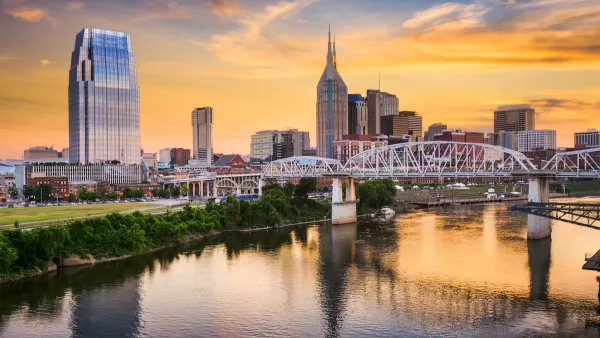Building megacities needs to be a multidisciplinary effort, according to architect and designer Sean C. S. Chiao.
Chiao works on megacity projects in China, and argues that the future of big city building needs to integrate many minds, and combine the efforts of private industry and the public sector.
"[U]rbanization is happening fastest in developing countries such as China, where I lead a team of designers, architects, engineers, and management-service specialists. China already has seven cities with more than ten million people-Beijing, Shanghai, Chengdu, Chongqing, Guangzhou, Shenzhen, and Tianjin-and Wuhan is quickly hitting the ten million–resident mark. For China, with its high population density and its land and water scarcity, megacity development is probably the most efficient option. Chinese megacities will be hubs for jobs, culture, leisure, and education, a model that will be radically different from the manufacturing-center model that forms the basis of many Chinese cities today. Chinese megacities will also, very likely, be hubs for small and medium-sized satellite cities that will spring up around them.
As an architect and urban designer, I believe that the right approach to both retrofitting an existing megacity or building a new one from scratch is holistic planning, with commitment flowing from both the public and private sectors. For Chinese megacities to function properly, there must be clear state policies on how to build and run them, as well as strict audits to ensure that the laws are followed. Rules and guidelines on how to build a "green" infrastructure-from buildings, bridges, transport networks, and sanitation systems to power grids, incentives for consuming power efficiently, and disincentives for energy abuse and malpractice must be mandated and put into practice. Continuous investments are required from both the government and the private sector."
FULL STORY: Planning China’s megacities

Analysis: Cybertruck Fatality Rate Far Exceeds That of Ford Pinto
The Tesla Cybertruck was recalled seven times last year.

National Parks Layoffs Will Cause Communities to Lose Billions
Thousands of essential park workers were laid off this week, just before the busy spring break season.

Retro-silient?: America’s First “Eco-burb,” The Woodlands Turns 50
A master-planned community north of Houston offers lessons on green infrastructure and resilient design, but falls short of its founder’s lofty affordability and walkability goals.

Test News Post 1
This is a summary

Analysis: Cybertruck Fatality Rate Far Exceeds That of Ford Pinto
The Tesla Cybertruck was recalled seven times last year.

Test News Headline 46
Test for the image on the front page.
Urban Design for Planners 1: Software Tools
This six-course series explores essential urban design concepts using open source software and equips planners with the tools they need to participate fully in the urban design process.
Planning for Universal Design
Learn the tools for implementing Universal Design in planning regulations.
EMC Planning Group, Inc.
Planetizen
Planetizen
Mpact (formerly Rail~Volution)
Great Falls Development Authority, Inc.
HUDs Office of Policy Development and Research
NYU Wagner Graduate School of Public Service




























